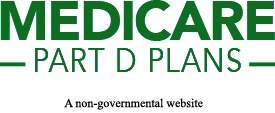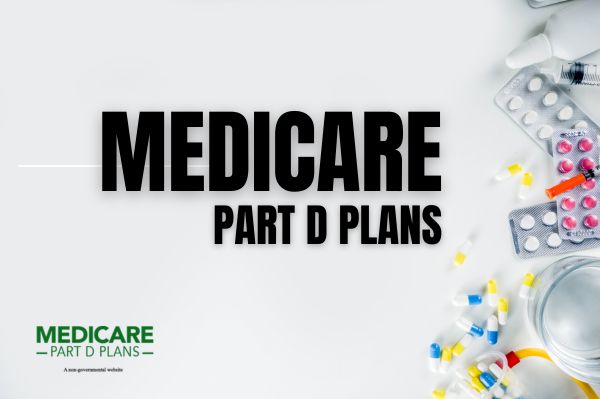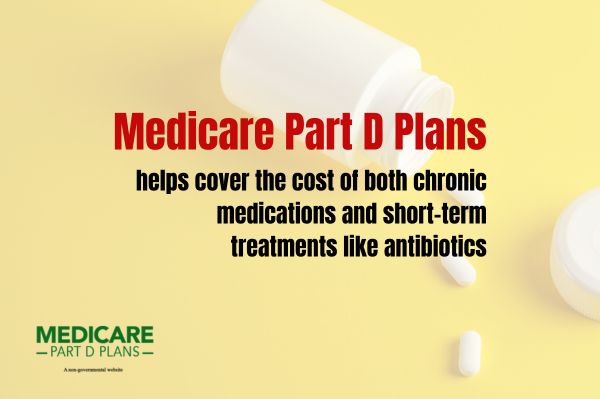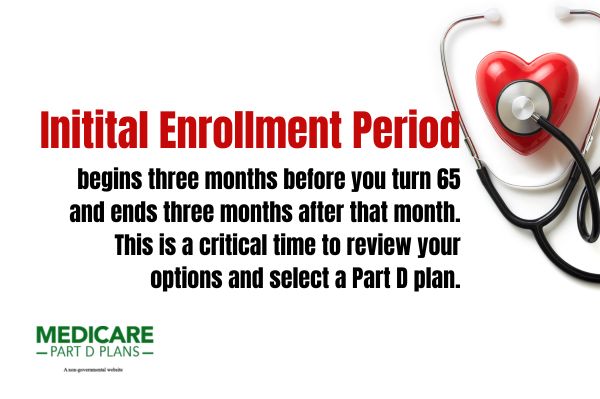Find a Medicare Part D prescription drug plan

Medicare Part D
Prescription Drug Coverage 2024
Medicare Part D Plans
Choosing the right Medicare Part D plan is crucial for managing your prescription drug costs effectively. This article will simplify the process by comparing premiums, coverage, and other essential details of the best Medicare Part D plans. Let’s walk through what you need to know to make an informed choice.
Key Takeaways
- Medicare Part D is essential for many beneficiaries, providing cost-effective coverage for prescription drugs while the number of available plans has decreased significantly.
- Understanding plan details, including premiums, deductibles, and formularies, is crucial for beneficiaries to select the most suitable Medicare Part D plan for their needs.
- Changes in the structure and payment options can help manage out-of-pocket drug costs more effectively.
Understanding Medicare Part D Plans
Medicare Part D plans provide vital prescription drug coverage for millions of Americans. This optional program helps cover the cost of both chronic medications and short-term treatments like antibiotics. Since its inception, the program has evolved, with the number of available stand-alone prescription drug plans decreasing by 52% over the past decade. Today, a smaller number of firms offer these plans, with only 11 firms participating, the smallest since the program’s launch. Additionally, understanding medicare drug coverage part is essential for beneficiaries to make informed decisions.
Part D coverage is crucial for many Medicare beneficiaries, offering a lifeline for managing drug costs. Although enrollment is optional, it’s a decision that requires careful consideration of the basic part d benefit. Beneficiaries can review general cost information to ensure they are making the best choice for their financial and healthcare needs.
Grasping the landscape of Medicare Part D is essential for informed decision-making. Staying updated on available options and costs allows beneficiaries to navigate their healthcare journey more effectively.
Key Benefits of Medicare Part D
One of the standout benefits of Medicare Part D is the substantial cost savings it offers on prescription drugs. With the high cost of medications today, these savings can make a significant difference, particularly for those on a fixed income. Medicare Part D covers a wide range of brand name and generic drugs, ensuring beneficiaries have access to necessary medications.
In addition to cost savings, the coverage provided by Medicare Part D is comprehensive. Whether you’re managing a chronic condition or need a short-term prescription, having this coverage can provide peace of mind. It bridges the gap, ensuring that necessary medications are within reach without causing financial strain.
What are Medicare Part D plans?
Medicare Part D plans are specialized insurance plans offered by private companies to help cover the cost of prescription medications. These plans are designed to complement your existing Medicare coverage, providing an additional layer of financial protection.
Offered by private insurance companies approved by Medicare, these Medicare Advantage plans vary in terms of premiums, coverage, and the medications they cover. Understanding what each plan offers is crucial for choosing the right one for your needs.
How they work
Medicare Part D is a voluntary program that requires individuals to enroll in a plan provided by private insurers approved by Medicare. Each plan has a specific formulary, which is a list of covered drugs, and these formularies can vary widely between plans.
Enrollment in Medicare Part D involves selecting a plan that fits your needs and budget. Enrolling after the initial eligibility period may result in a late enrollment penalty, added to the premium. Additionally, the network of pharmacies included in each plan can affect where you can fill your prescriptions.
See plans in your area instantly!
Advertisement
Enrollment Process for Medicare Part D
The Initial Enrollment Period for Medicare begins three months before you turn 65 and ends three months after that month. This is a critical time to review your options and select a Part D plan that aligns with your healthcare needs. Beneficiaries have access to a variety of Part D coverage options, including stand-alone prescription drug plans and Medicare Advantage drug plans.
Review your Medicare Part D plan annually to ensure it continues to meet your needs. Changes in your health or medication requirements may necessitate a different plan. The enrollment process is straightforward but requires careful consideration of your current and future healthcare needs.
A late enrollment penalty may apply to those who delay enrolling in Medicare Part D to avoid paying this penalty. This penalty is a fee added to your monthly premium, making timely enrollment a financially sound decision.
Comparing Medicare Part D Plan Costs
When comparing Medicare Part D plan costs, several factors come into play. The average estimated monthly premium for stand-alone prescription drug plans is a key consideration. Stand-alone plans typically have higher monthly premiums compared to Medicare Advantage drug plans. However, only a percentage of these plans will be premium-free benchmark plans for low-income enrollees, the lowest percentage since the program began.
Costs associated with Medicare Part D plans include monthly premiums, annual deductibles, copayments, and coinsurance. Beneficiaries must pay the deductible amount before the plan starts to cover their medications.
Find a Plan and Enroll Online Yourself!
Advertisement
Frequently Asked Questions
-
What is the best Medicare Part D plan?
The best Medicare Part D plan varies per individual, depending on specific medication needs and budget. It’s essential to compare plans based on formulary, premiums, and out-of-pocket costs.
-
What is the monthly cost for Medicare Part D?
The monthly premium for Medicare Part D varies by plan. On average, stand-alone plans have higher premiums than Medicare Advantage plans.
-
What are the two types of Medicare Part D plans?
The two types are stand-alone Prescription Drug Plans (PDPs) and Medicare Advantage Plans with drug coverage (MA-PDs).
-
What prescription drugs are not covered by Medicare Part D?
Medicare Part D does not cover drugs like those for weight loss, cosmetic purposes, or fertility, among others. Always check the formulary of your plan.
-
What’s Medicare Drug Coverage (Part D)?
Medicare Part D provides prescription drug coverage through private insurance companies approved by Medicare, helping to manage the cost of medications.
Begin Choosing your plan
Advertisement
ZRN Health & Financial Services, LLC, a Texas limited liability company.



